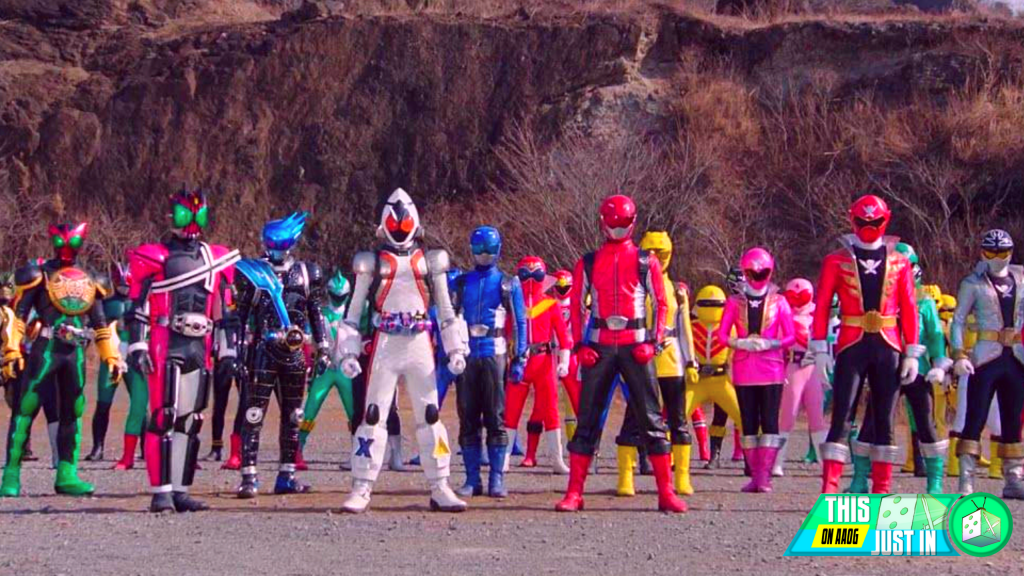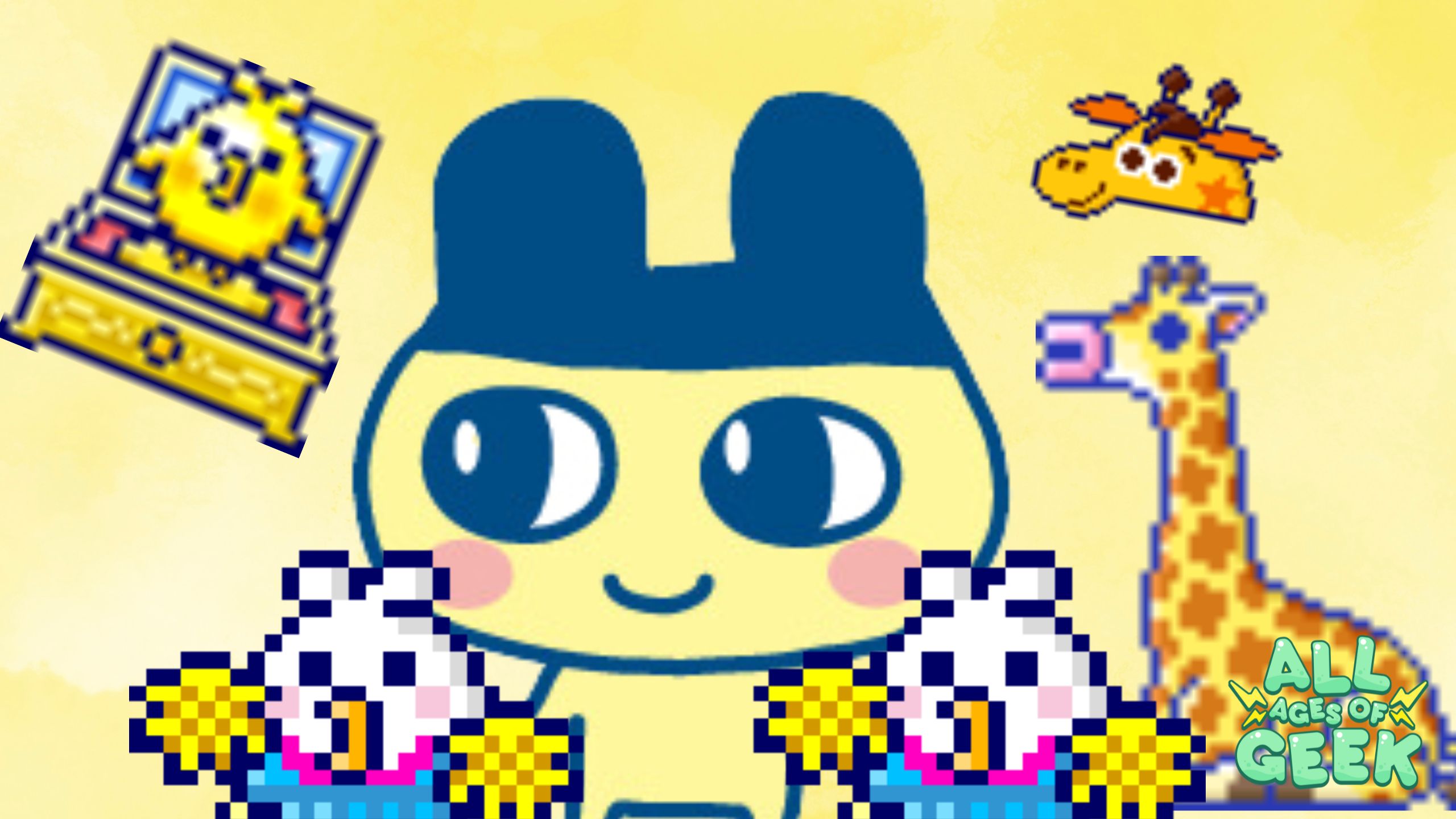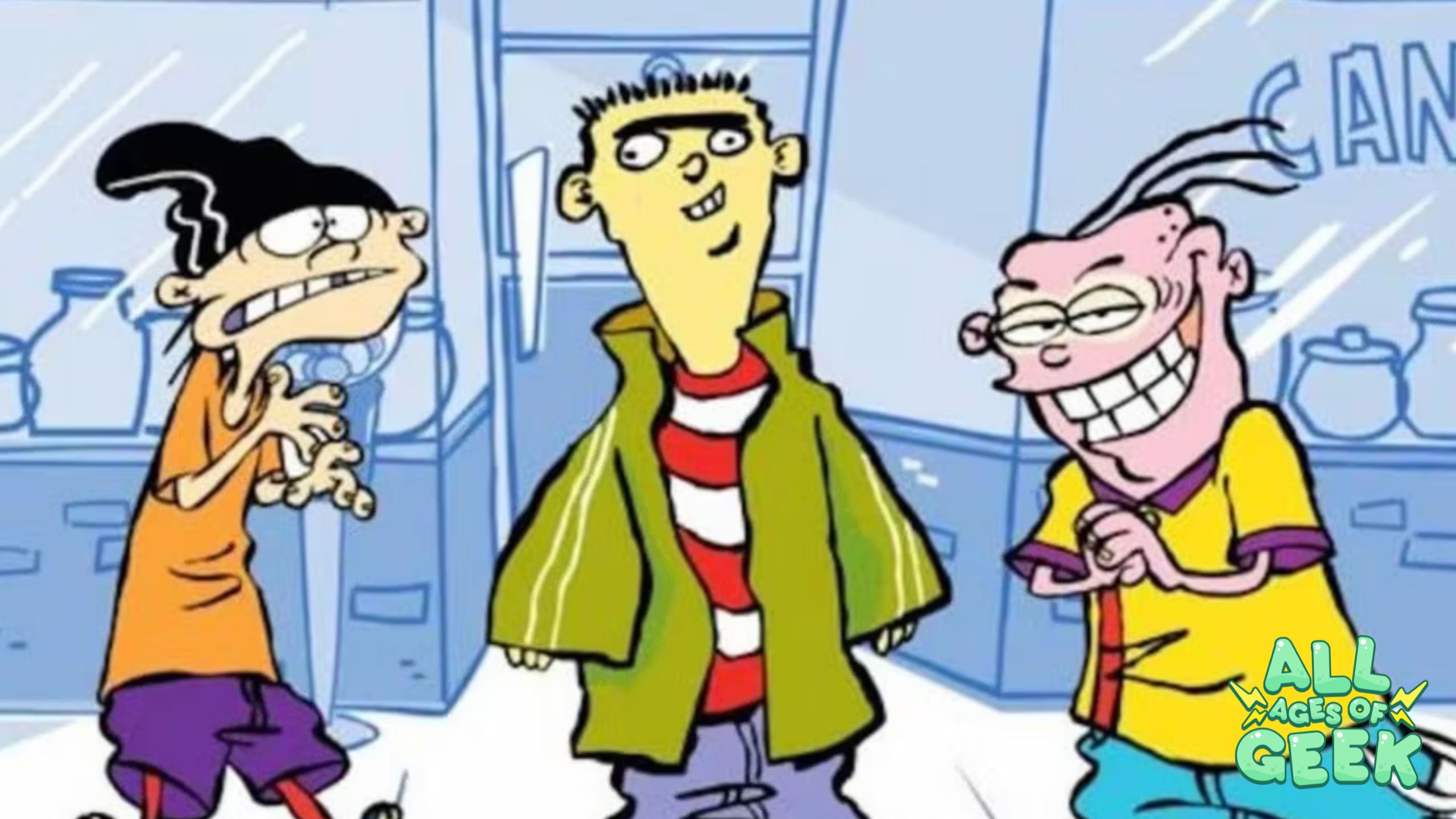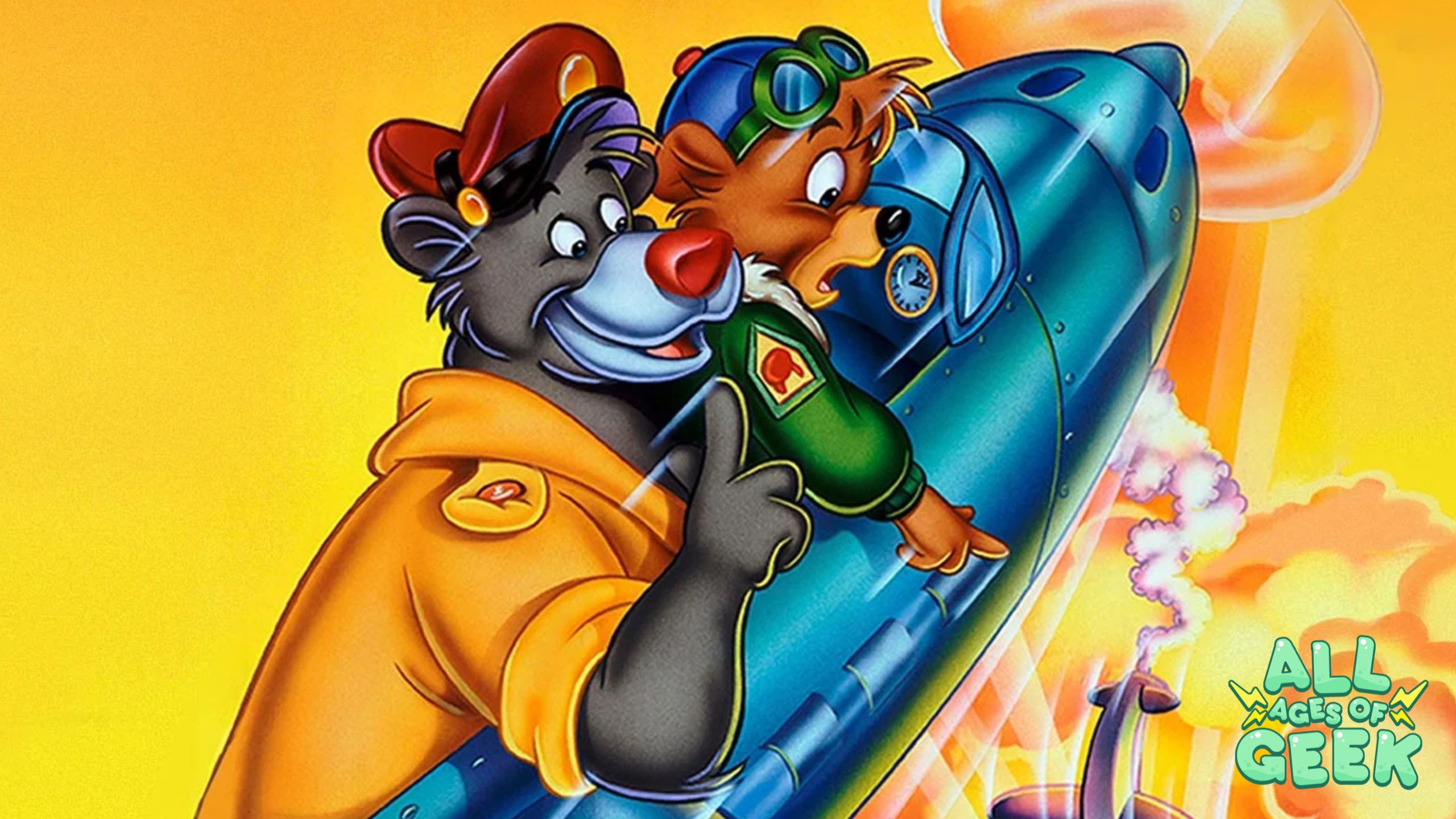Greetings, geeks of all ages! Tokusatsu is a genre that I, as a geek, am absolutely in love with. As Kat and Tat have started reacting to Kamen Rider, I think it is appropriate to teach everyone here about Tokusatsu. So allow me to be your guide and show you the greatness that is Kamen Rider. I am Zach J., TD. (not an actual title), self-proclaimed Professor of Tokusatsu.
The Tokusatsu Genre
I’m sure the first thing you want to know is this: “What in the world is Tokusatsu?” Simply put, Tokusatsu is a genre of live-action media that heavily uses special effects. The term “Tokusatsu” is a contraction of the phrase “特殊撮影 [Tokushu Satsuei]” which can be translated as “Special Effects Filming”. Typically speaking, most productions of Tokusatsu are either Sci-Fi, Fantasy, Horror, or a mix of all three. A very famous example of Tokusatsu is the Godzilla film series. The original movies all involved making special sets for men in rubber suits to destroy as kaiju.
There are many different Toku shows out there, with some of them having American adaptations. The most successful example is Power Rangers, the adaptation of the Super Sentai series. However, there were many other attempts to bring Toku shows to the West. If you grew up in the 90’s, I’m sure you were at least aware of VR Troopers, Big Bad Beetleborgs, and Superhuman Samurai Syber Squad. These shows were adaptations of Kikaider, the Metal Heroes series, and Gridman respectively. Naturally, Kamen Rider also had two American adaptations in Masked Rider and Kamen Rider Dragon Knight.
Genealogy of Justice
There are a great number of Toku shows to talk about, but today we will focus on Kamen Rider. So, what exactly is it about? To put it simply, Kamen Rider is a series that explores the idea of justice and the choice to uphold it, regardless of origin. From the very first season to the current season, the main story theme remains the same. Whether you’re a brilliant physicist, a wannabe hard-boiled detective, or a humble novelist, it is your choice to use your power to fight for what you believe in.
Each season tackles the theme of justice with different motifs and story devices. One season revolves around the misadventures of a young man down on his luck. He is frail and timid, but through his journey finds strength and confidence as he defends the people around him. Another season centers around rival groups of dancers trying to become the best at what they do. However, as the story continues, they find themselves trapped in a battle that risks the very fabric of reality. They must learn to deal with the grim realities of the world or become victims of it. Whatever the themes are, I’m sure there is a season that will appeal to you.
The Man Behind The Mask
Kamen Rider is the brain child of Shotaro Ishinomori, a man many revere as the King of Manga. Known for his high-speed drawing style, Ishinomori is responsible for creating Kikaider, Inazuman, and the Super Sentai series. He dedicated his life to the creation of many series, writing over 128,000 pages of manga in his lifetime. This feat was recognized posthumously by Guinness World Records for Most Comics Published by a Single Author. Without a doubt, he has made huge contributions to Japan’s pop culture, creating two of its biggest superhero franchises.
Influence on Japanese Pop Culture
Today, Kamen Rider is undeniably a large part of Japanese culture. Without a doubt, Kamen Rider is the gold standard of superhero in Japan. It has been referenced in many anime, video games, live-action dramas, and even western animation. Kamen Rider has made a handful of actors very popular in Japan. Most notably Takeru Satoh who played the hapless Ryotaro Nogami in Kamen Rider Den-O, Masaki Suda who played the mysterious amnesiac Philip in Kamen Rider W (pronounced Double), and Sota Fukushi who played the high school delinquent Gentaro Kisaragi in Kamen Rider Fourze (pronounced Four-zay).
However, perhaps the biggest thing going for the series is its endless supply of merchandise. Ranging from action figures to clothing and even candies, merchandise for the show is everywhere. Something that I have gotten into collecting is the role-play toys and gimmick items. These lovely little items allow you to act out the transformation sequences and finishers from the show. And while it is expensive, it is a price I will gladly pay to support the series I love.
There is so much more to cover with Kamen Rider, and I intend to cover it. Over the next several weeks, I will write out more in this series of articles I am dubbing Tokusatsu 101. Stick around for the next part of this article series in which I will cover the Eras of Kamen Rider and the continuity of the seasons, or lack thereof.
See you next Rider Time~










